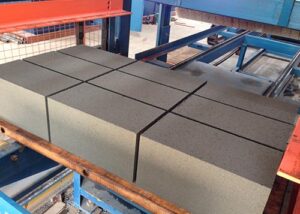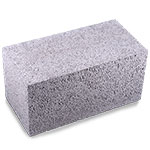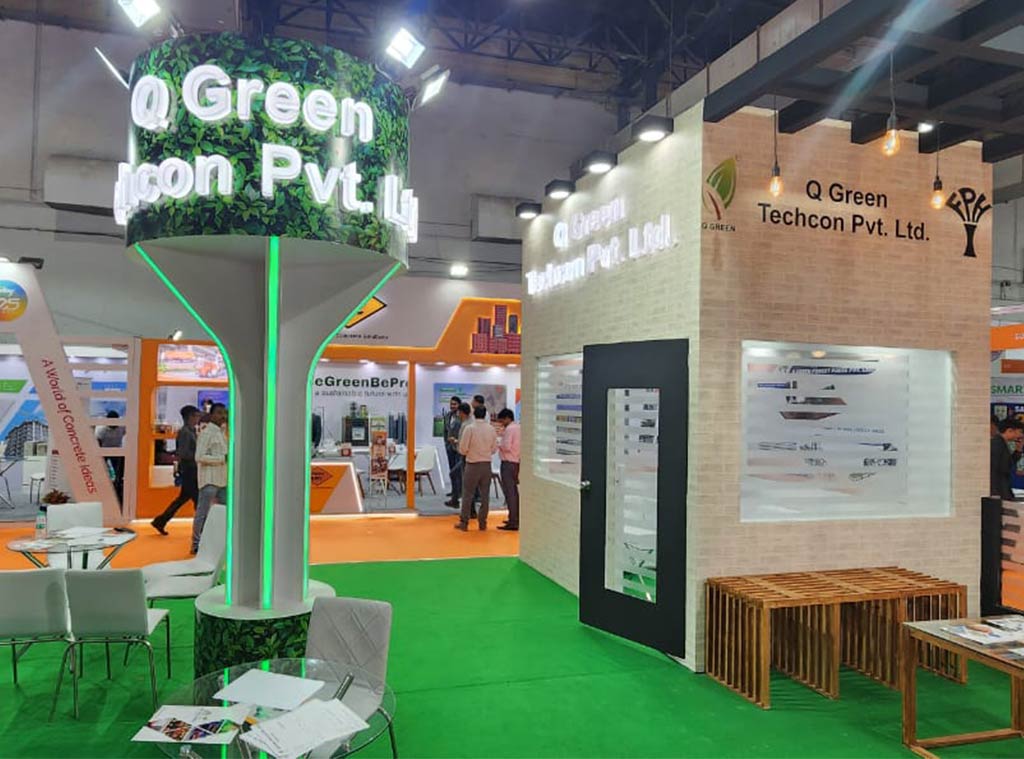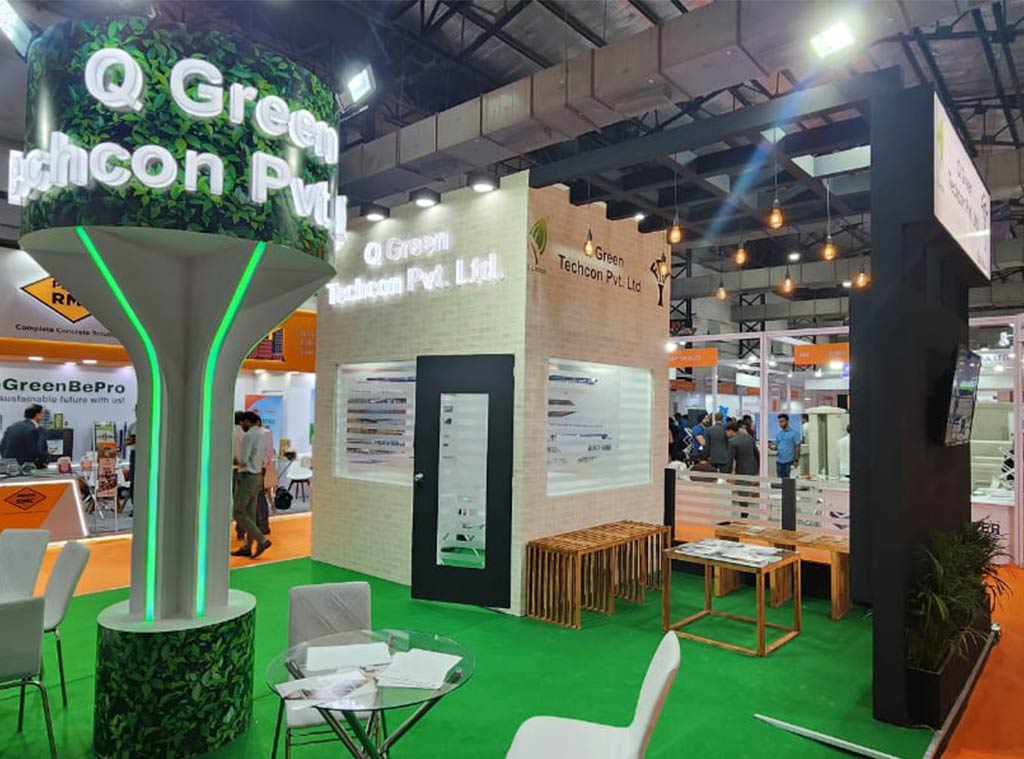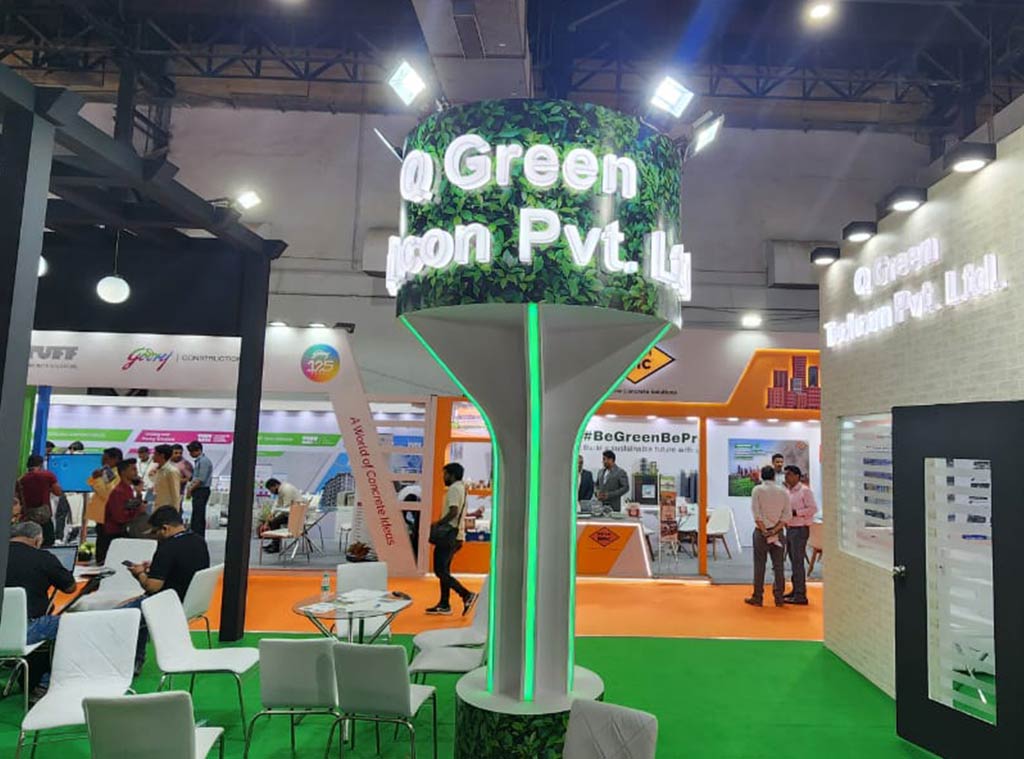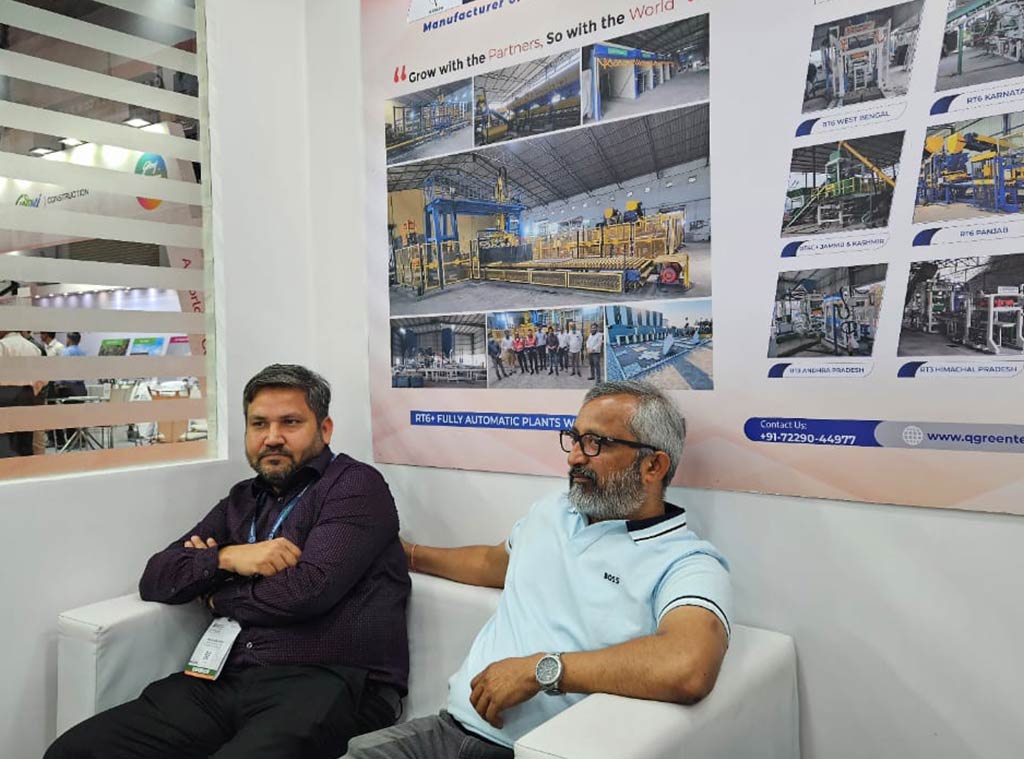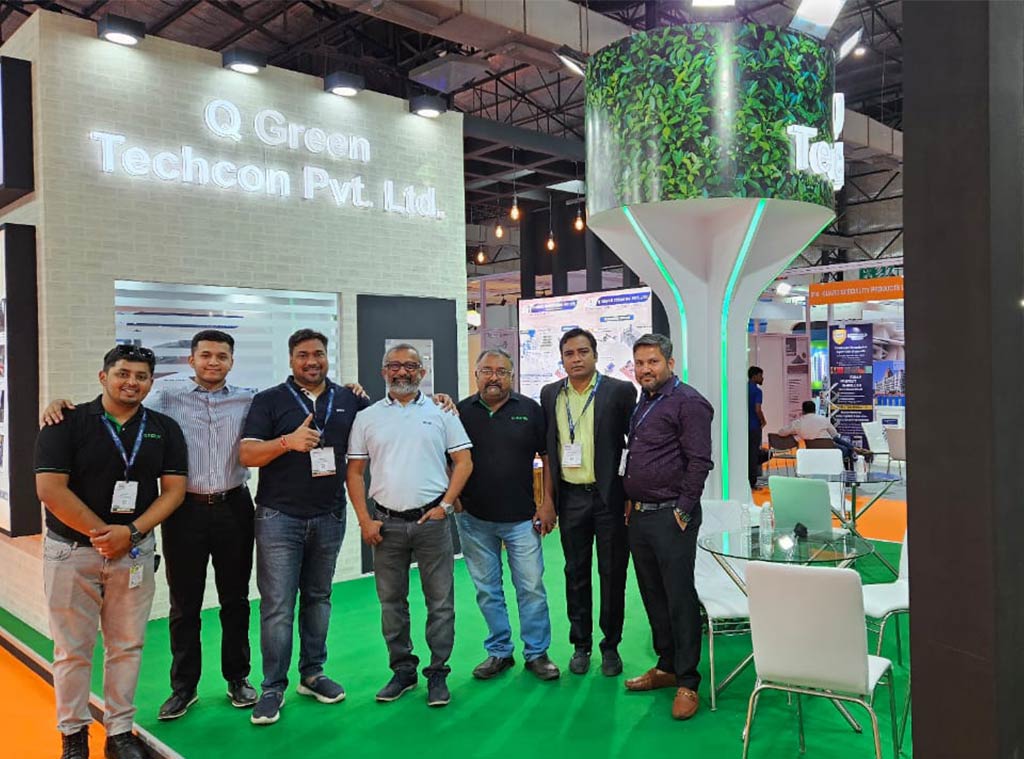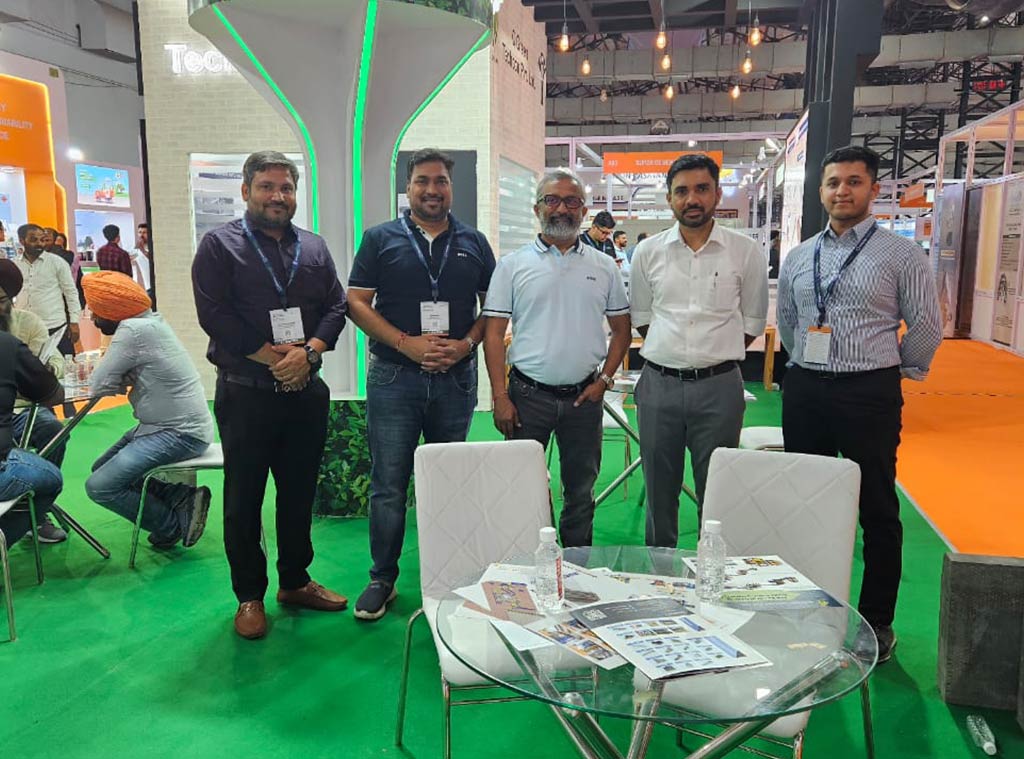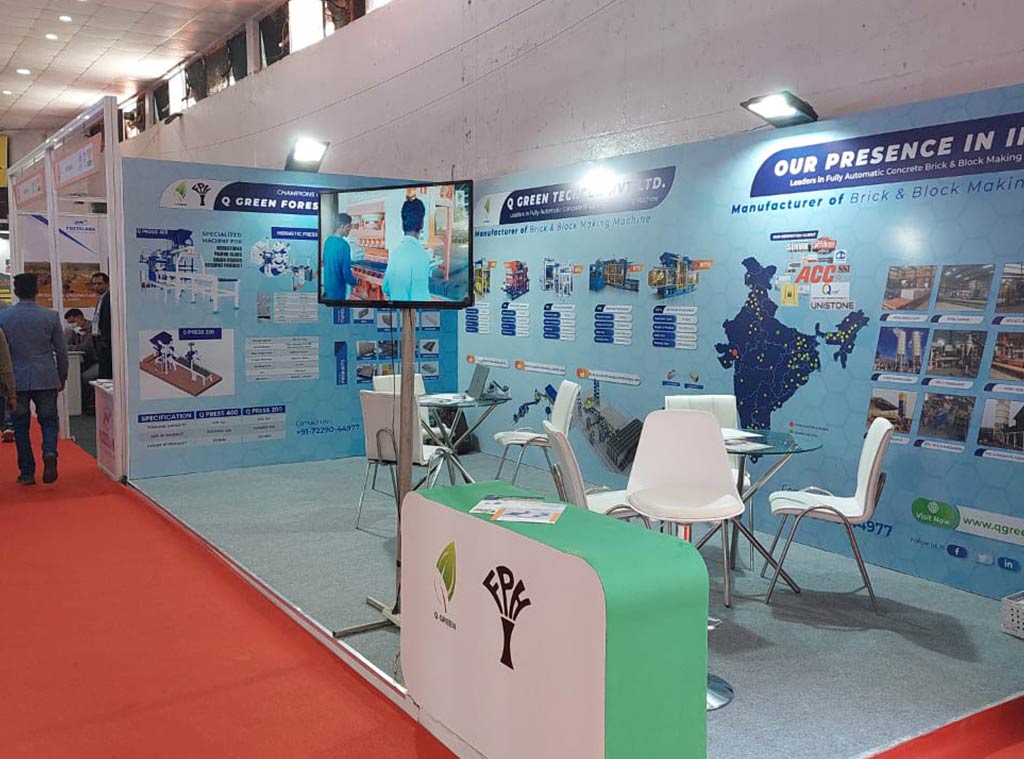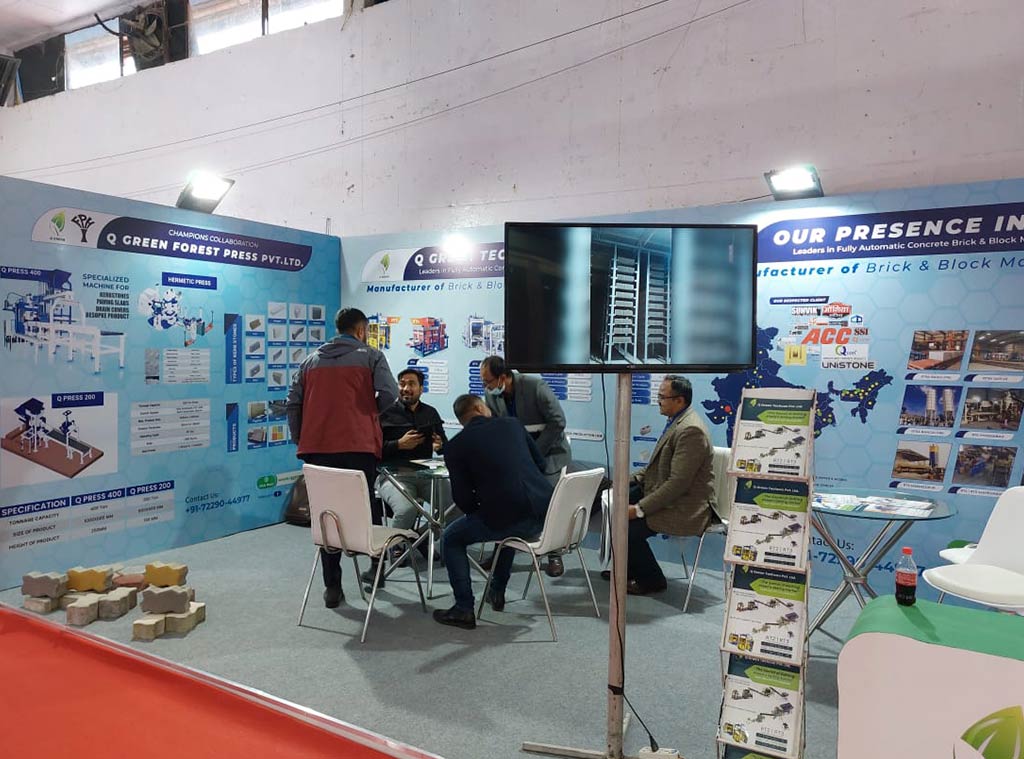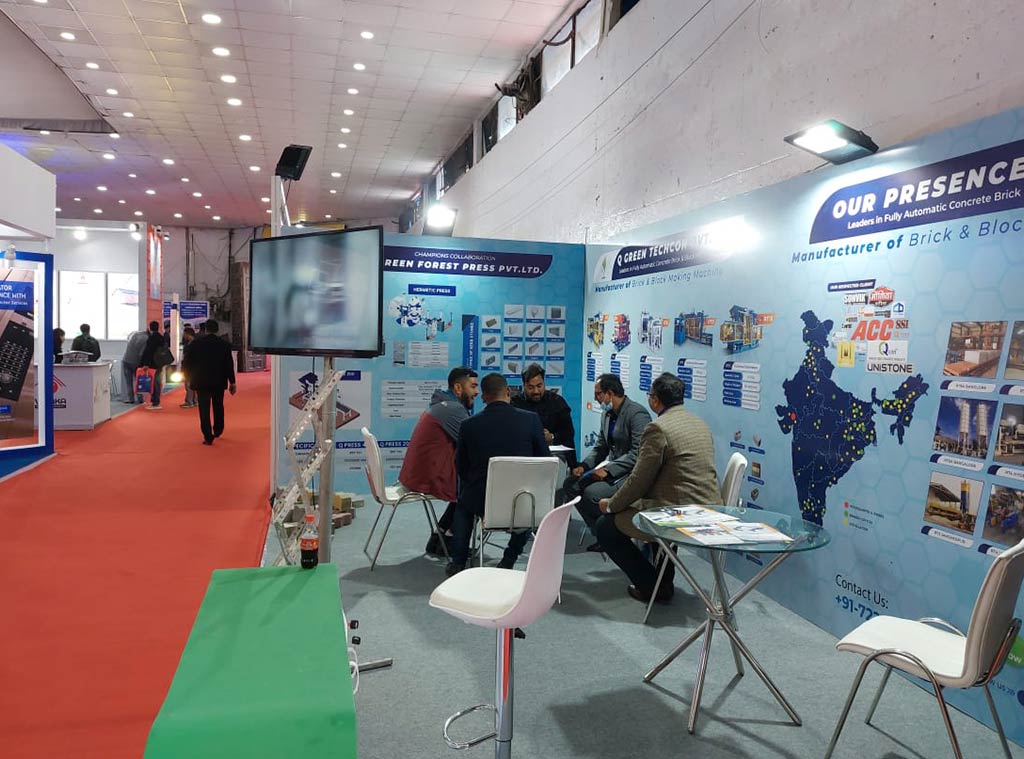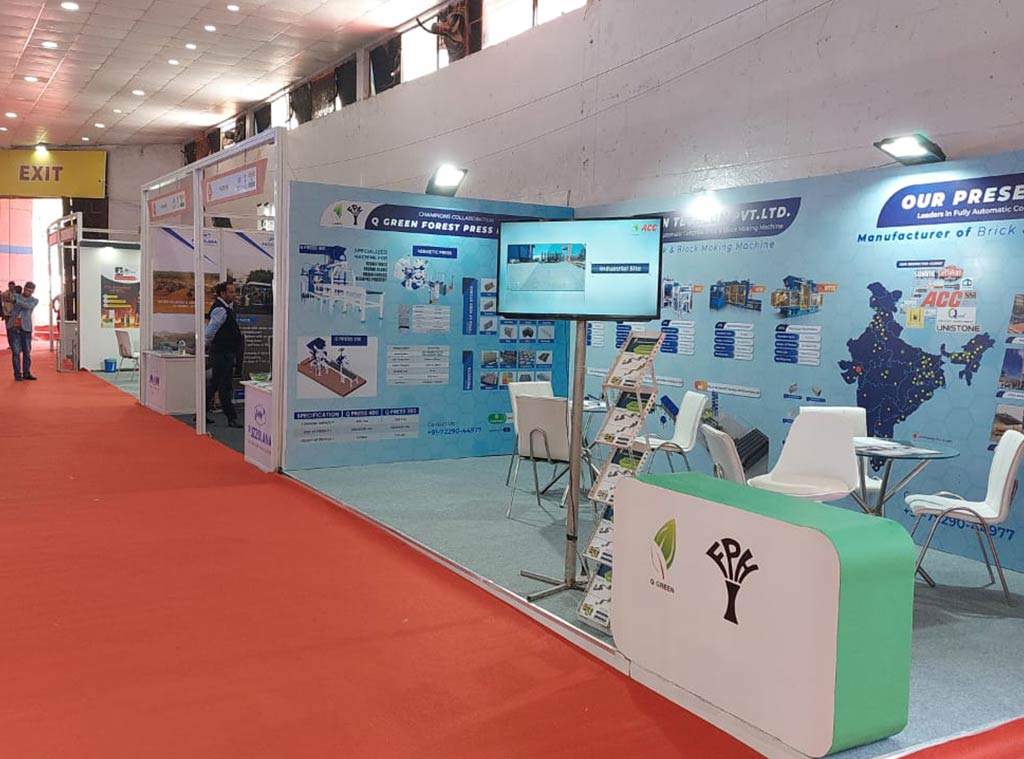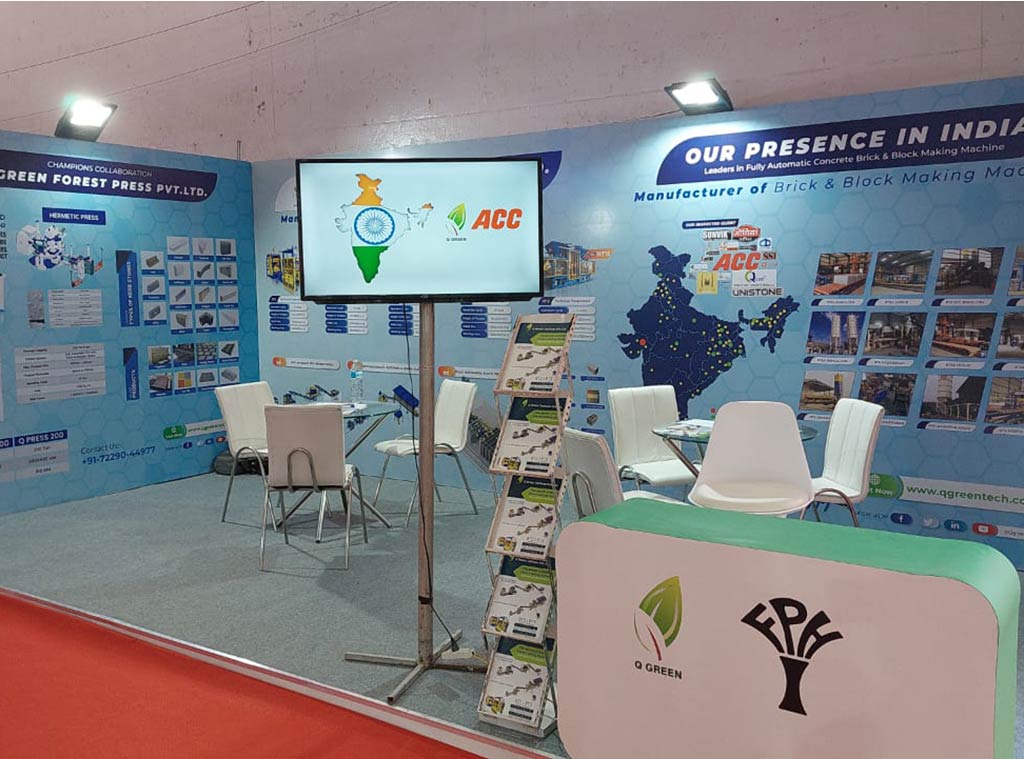Fly Ash Bricks Soon Replace Clay Bricks Industry in Bihar
In the 19th century, the word fly ash bricks does not exist at that time. The mud houses were built mostly everywhere.
As time passed, people started building houses of red brick instead of clay.
This modern era is filled with technology. Today’s improvements in technology are being seen in our cities, neighborhoods, and almost every part of the country.
Such as skyscrapers, roads, vehicles, all these things are made faster by technological improvements.
Infrastructure is the most important aspect in GDP for every country. And along with GDP, it also affects the environment.
As I mentioned earlier, mud houses were built and then came the era of red bricks and is still going on.
But when mud houses were built, at that time the environment was not so polluted.
But since the red brick manufacturing started on a large scale, gradually it polluted the environment.
This does not mean that this is the only reason behind it. There are other reasons as well.
You must be thinking that,
How Will Red Brick Harm the Environment?
So let us tell you that while making clay bricks, nature is harmed in two ways.
First reason is the top layer of the land would have been fertile, by taking it out, we cannot cultivate that land.
This is a very big and serious reason; it has a lot of impact on the environment.
Another reason is that when clay is poured into a mould and shaped into a brick, then it is allowed to dry and heated in a kiln at a high temperature.
Due to this process, the smoke dissolves in the atmosphere, which is harmful for our health and also it affects the ozone layer.
Bihar Switched to Fly Ash Bricks
Nowadays, if someone wants to build with red brick, then he can do it and most places construction is being done with red brick.
But when it comes to Bihar, it is one step ahead. The Bihar government has decided that no construction work will be done with red brick.
This means that the Bihar government has completely banned the red brick.
The best thing is that, if a person wants to start a business related to the manufacturing of fly ash bricks, then he can establish the unit only after giving information to the department.
The government will support you in every way to start this business and free fly ash will be provided by NTPC Kahalgaon on demand.
The construction work done with fly ash bricks is strong as well as economical. Its use greatly reduces the cost.
More than six thousand red brick kilns and 400 fly ash brick units are operating in the state.
The minister said that red brick kilns cause a lot of pollution. For this reason, the Bihar government has directed the closure of the red brick kiln.
All red brick kilns in the state will not be closed simultaneously. The sudden closure of all red brick kilns will cause a lot of trouble to the common people.
Advantage of Fly Ash Bricks
That is why gradually by completely closing the red brick kilns, and the state government will promote the brick kiln of fly ash bricks. It comes under the category of white industry.
The pollution from fly ash bricks is very less. There is no need for any kind of license for this.
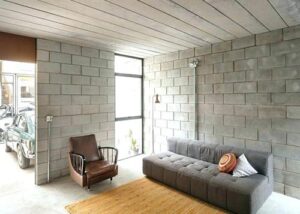
Also, the Fly Ash Brick Making Machine comes with various capacities from 8000 to 30,000 bricks per shift.
In such a situation, the fly ash bricks industry will prove to be very effective in promoting employment.
The minister said that the details of red brick kilns available at all district and block level have been sought after that the required assessment will be taken. On this basis, gradually the red brick kiln will be closed.
Conclusion
Bihar has decided to completely ban red brick manufacturing for its better future.
Going forward, gradually every state can ban the production of red bricks. This will boost the business related to fly ash bricks.
And people will also like to make their house with this non-polluting fly ash brick because it is a very good option in every way.
With such changes, it can be said that our country is moving towards becoming a pollution free country. And it will make our future even better.

